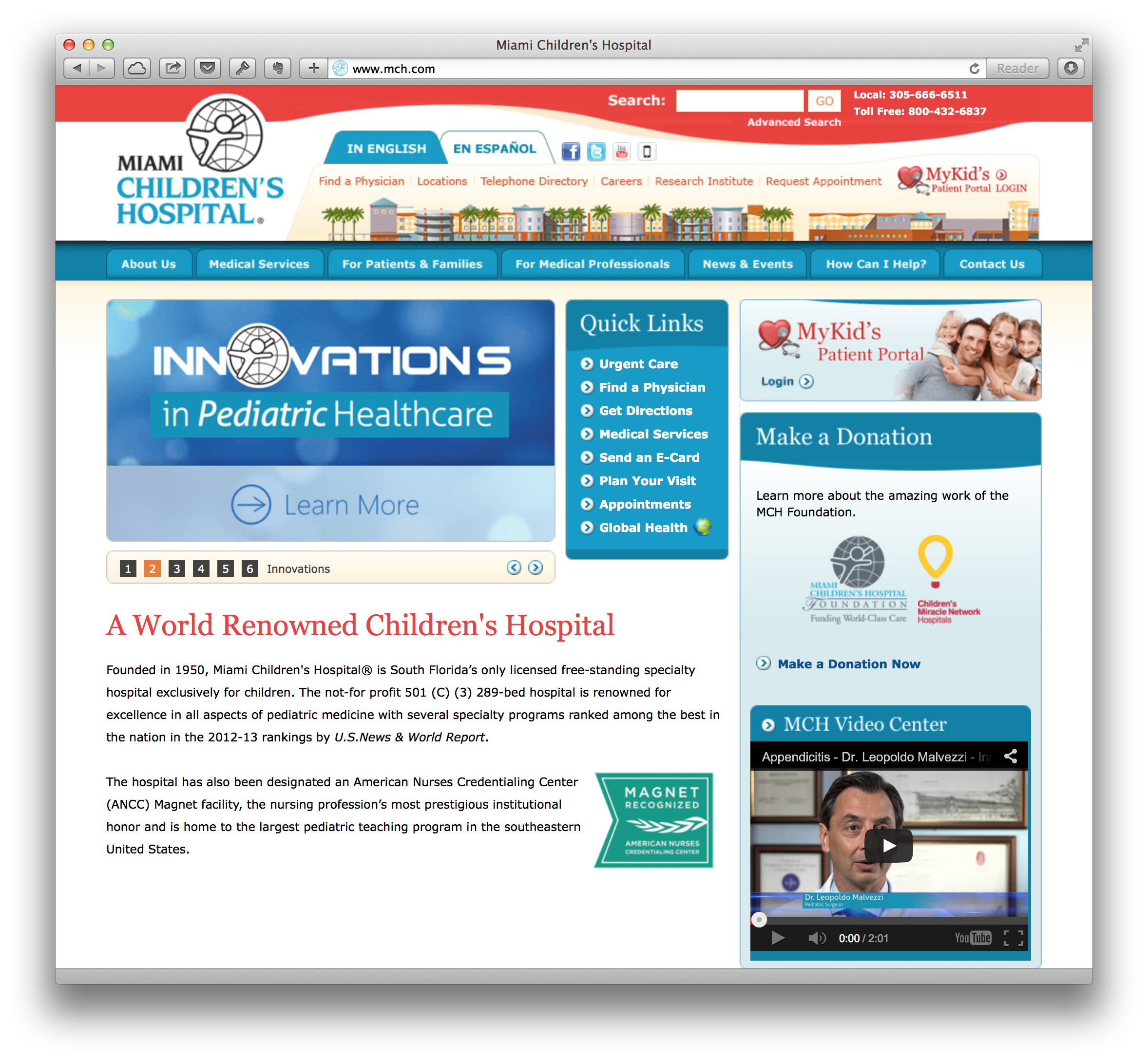One hospital wants to have the 'cost talk' with patients
/There are two questions every patient should ask: What's wrong with me? And what's it going to cost me?
Most people ask the first; very few the second.
But with insurance plans requiring higher out-of-pocket expenditures from patients, the cost talk is increasingly becoming a major discussion point between patients and providers.
Now one hospital is tackling its "price list" head on. Here's Tim Birkenstock, CFO for Miami Children's Hospital, recently speaking to NPR:
"[The price list is] very misleading … It is the equivalent of the sticker price on a car, or some other starting point for a conversation. But it certainly doesn't represent the answer to the question most of our families want to know, and that's: What's this going to cost me?"
In fact, the hospital is cutting all of its "prices" by 30 percent. It issued this news release on January 14, 2014:
Miami Children's Hospital has reduced its charges by 30 percent and begun a process of developing packaged pricing for some high-volume services as the first phase of an initiative aimed at enhancing consumer understanding of hospital fees and what patients actually pay for services.
Others have already begun to address cost, especially in the wake of Time magazine's March 2013 omnibus cover story "Bitter Pill," which exposed major issues with costs, charges and reimbursements.
Surgery Center of Oklahoma last year went a step further and began publishing its prices, although if you have insurance the price will be different because it was already negotiated by your insurance company.
Miami Children's should be applauded for this bold move. Making cost a critical part of the conversation is an important move toward actually tackling escalating health care costs.







